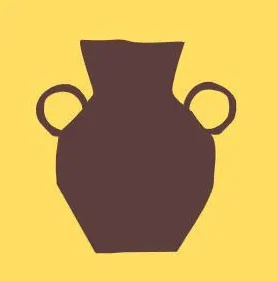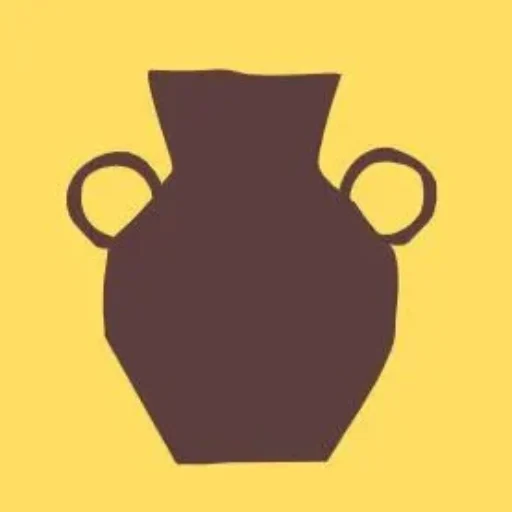When we hear the word “artifact,” we might think of something ancient and valuable—like a gold mask, an old sword, or a piece of pottery in a museum. But in archaeology, an artifact is simply any object made or used by humans in the past. It doesn’t have to be fancy or made of precious material to be important. In fact, some of the most valuable artifacts are everyday items like broken dishes, tools, or even trash. These objects may seem small or ordinary, but they hold enormous power to tell us about the lives of people who lived long ago.
Artifacts are like messages from the past. They don’t use words, but if we study them closely, they can help us understand how people lived, what they believed, how they worked, and what was important to them. For example, a cooking pot found at a dig site can tell us what kind of food people were eating. Was the pot used over fire? Were there burn marks or leftover food inside? Those little clues can reveal eating habits, cooking styles, and even trade networks if the pot was made from materials found far away.
Clothing items like beads, buttons, or textile fragments help us imagine how people dressed and expressed themselves. A simple bead necklace might show that a person had a sense of fashion—or that certain colors or designs had special meaning. Sometimes jewelry is found buried with people, which can give clues about how they honored their dead or what they believed about the afterlife.
Tools are another common type of artifact. Stone tools, like arrowheads or hand axes, tell us about hunting, farming, and craftsmanship. A beautifully shaped arrowhead might show not just skill but also that the person who made it took pride in their work. Over time, as tools became more advanced, archaeologists can track how technology developed and how it changed people’s lives.
Even garbage can be an important artifact. Broken pottery, food scraps, and discarded tools are often found in ancient trash pits. While that might not sound exciting, it’s actually a gold mine of information. What people threw away tells us what they used daily, what they valued, and even how they dealt with waste. In a way, their garbage becomes our treasure.
At Dig Quest, we help students explore this idea by letting them dig up and analyze replica artifacts. Each item they uncover, from tiny bones to pieces of pottery, leads to new questions. Who might have used this? What does it tell us about their life? Could it be part of a bigger story? These questions help students think like real archaeologists.
The true magic of artifacts is not in how old or beautiful they are, but in what they can teach us. They are the puzzle pieces of history, and when we study them carefully, we begin to see the full picture of the people who came before us. Every artifact is a clue. Every clue is a story. And every story brings the past a little closer to the present.


